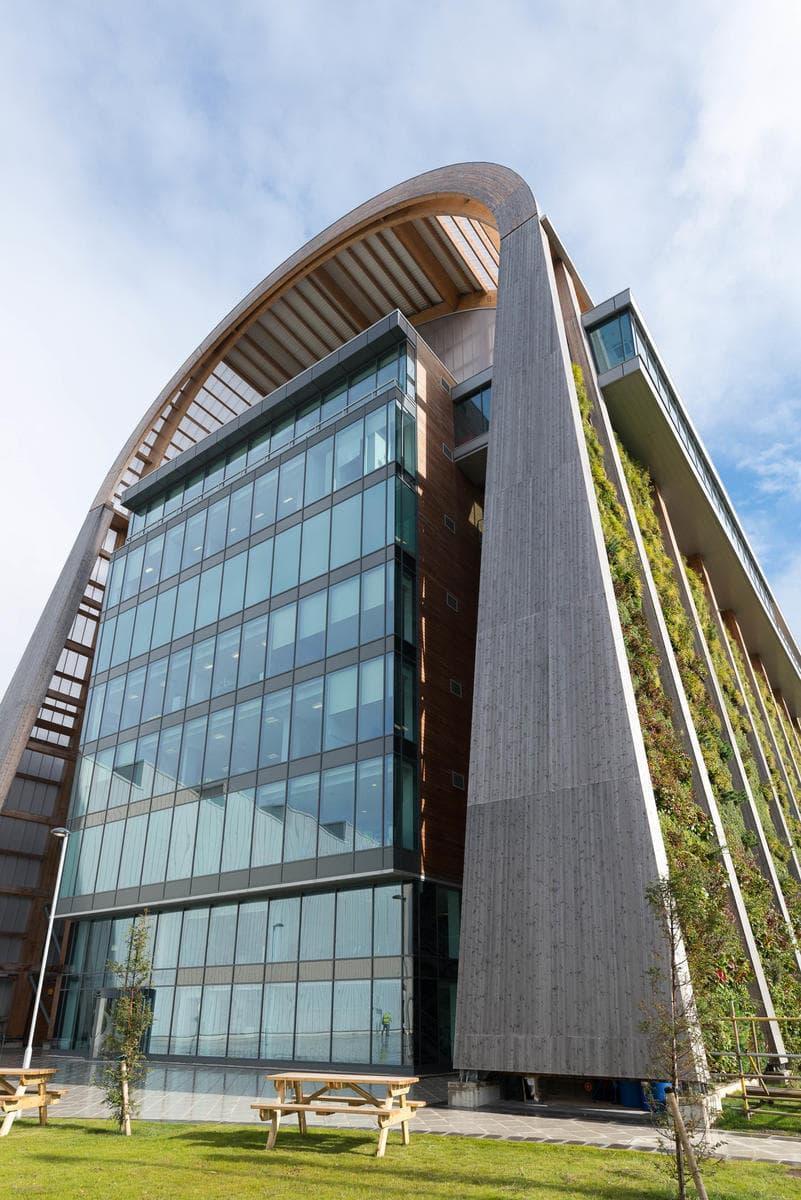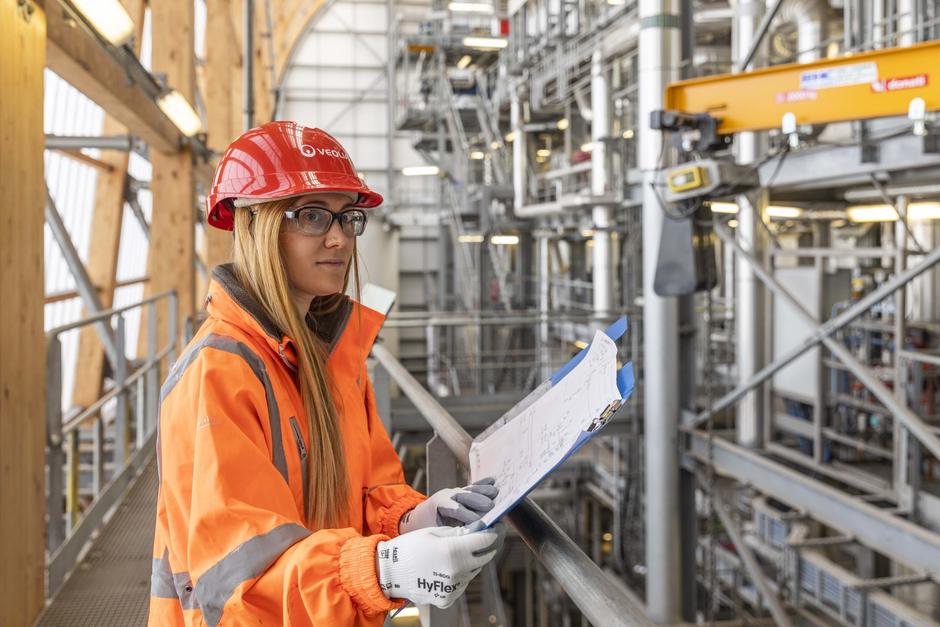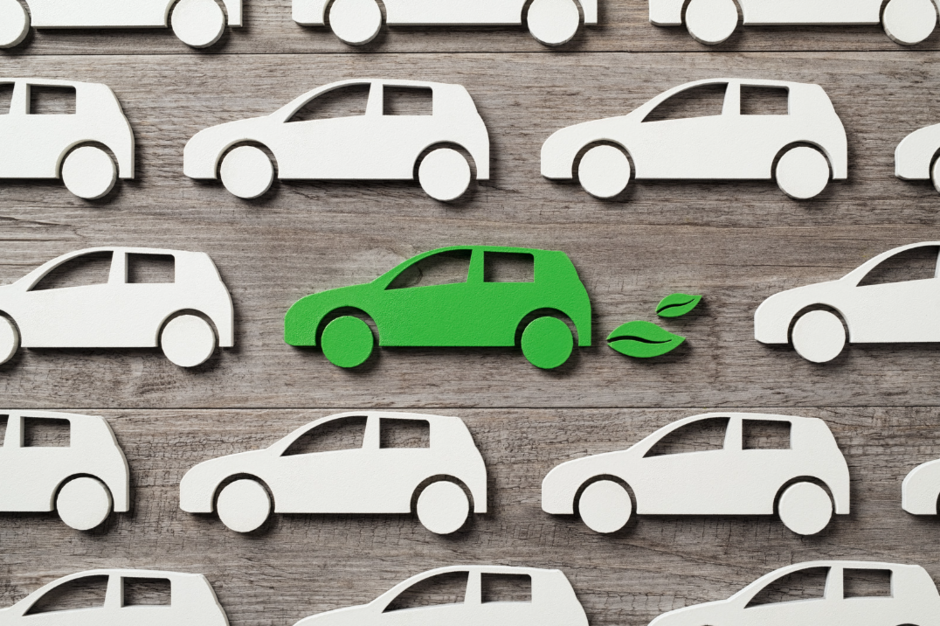In this ongoing series, we will be shining a spotlight on some of our energy, waste and water facilities, where you’ll find out how we turn rubbish into resources, milk bottles into new ones and how we are helping Scottish Water to achieve Net Zero.
SELCHP Energy Recovery Facility
South East London Combined Heat & Power (SELCHP) energy recovery facility (ERF) is one of 10 energy from waste plants operated by Veolia across the UK. The facility takes collected waste from the surrounding boroughs of London and converts it into heat and electricity through a series of processes. Following the principles of a circular economy, SELCHP plays a significant role in London’s low-carbon energy infrastructure. The facility has cut dependence on fossil fuels, helped decarbonise domestic heating and eliminated non-recyclable waste from going to landfill.
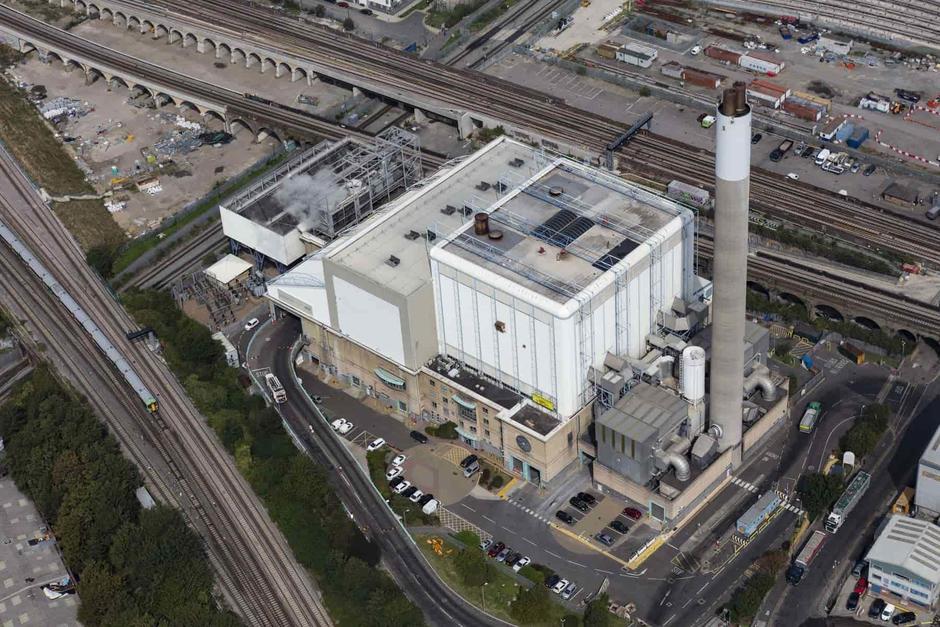
Seafield Wastewater Treatment Works
Veolia is helping Scottish Water to achieve Net Zero by increasing the amount of renewable energy generated at Scotland’s largest wastewater treatment works. Seafield wastewater treatment works generates all of its own power and supplies the grid with enough renewable electricity to power 800 homes each day. As the UK water industry is the fourth most energy intensive sector and uses around 3% of UK generated electricity for pumping, water treatment and waste management, achieving energy self-sufficiency is a key milestone. The success of the energy plant has enabled the site to exceed its target of energy self-sufficiency, taking pressure off the grid and cutting carbon emissions and energy costs. A further benefit of the process is the nutrient rich by-product it produces which can be used by farmers as a fertiliser. Around 36,000 tonnes of this is produced each year and act as a low cost, highly effective alternative to traditional chemical based fertilisers that are normally used to provide vital soil nutrients for agriculture.
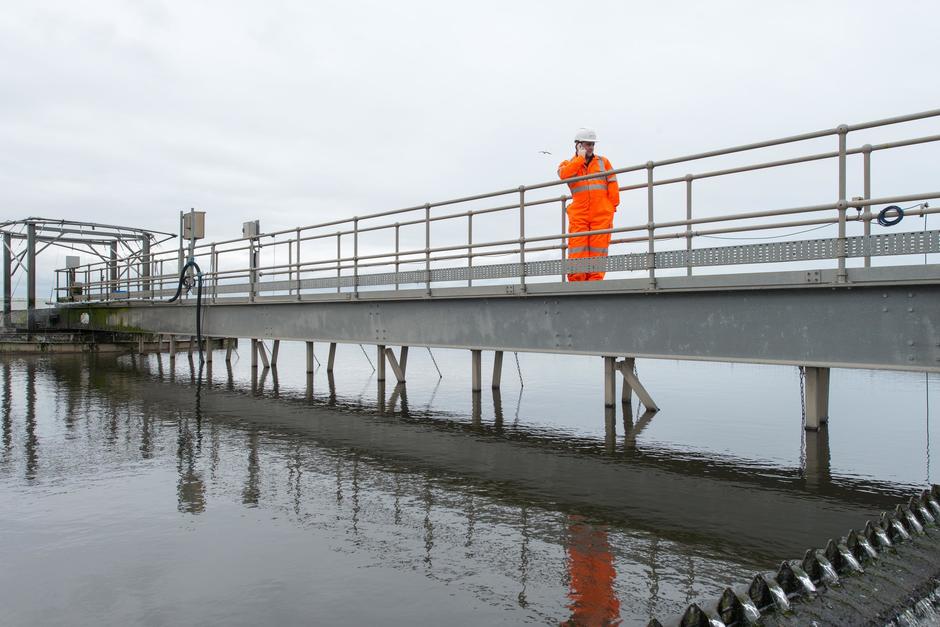
Dagenham Plastic Facility
A circular economy for plastics is crucial to reducing carbon emissions and building a more sustainable future. Dagenham is where our ‘bottle to bottle’ recycling process takes place. Bales of used plastic milk bottles arrive at the facility, where they are then sorted, shredded and turned into pellets. These pellets are then sent onto another facility ready to be made into new bottles, with the entire process able to take place in under two weeks. The facility processes 14,000 tonnes of plastic a year, including roughly 400m milk bottles. This recycling process aligns with the circular economy model, which is crucial to reducing carbon emissions, by reusing materials and reducing the use of virgin resources. However, the plastic that is disposed of in this way only accounts for around a sixth of the plastic waste thrown away in the UK each year, so everyone has a part to play in ensuring more of our used plastics reach sustainable destinations.
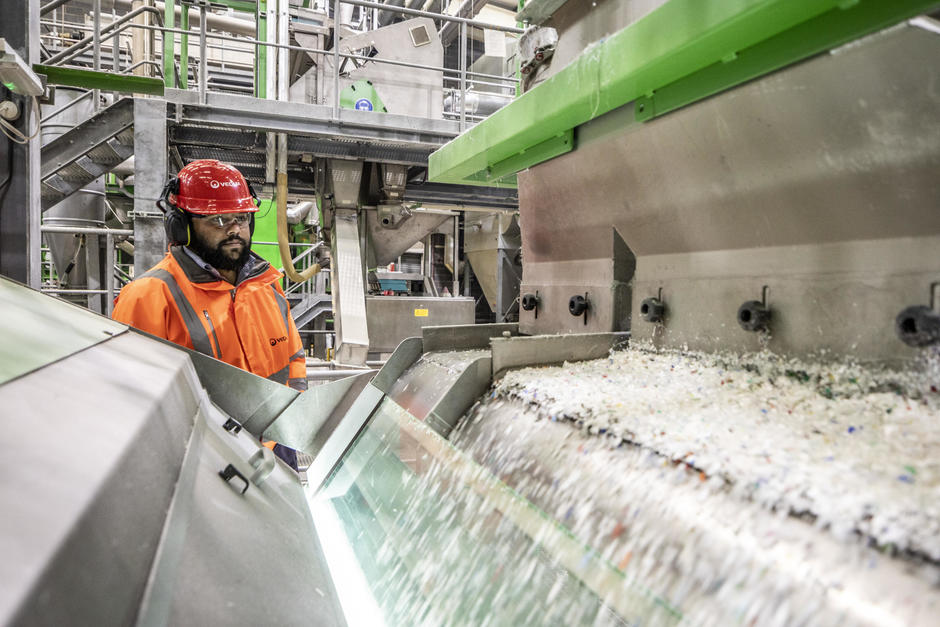
-Further Reading-
Facility Fact Files: Living walls, underground storage and natural recycling
At Veolia, we invest in a comprehensive range of state-of-the-art facilities and cutting-edge technologies providing game-changing solutions.
Out On The Prowl!
Our beloved recycled tiger has left for refurbishment but on her journey, she'll be exploring some of our most innovative & influential sites!
DESNZ: Support for energy and trade intensive businesses
The Department for Energy Security and Net Zero (DESNZ) have announced that applications have now opened for energy and trade intensive sectors to apply for further discounts on their bills.
Revving towards an electric future
£77m has been invested for the research and development of electric and hydrogen heavy vehicles - a great step toward decarbonising transport, but with more EVs on UK roads, should we consider what happens to the end-of-life batteries?



